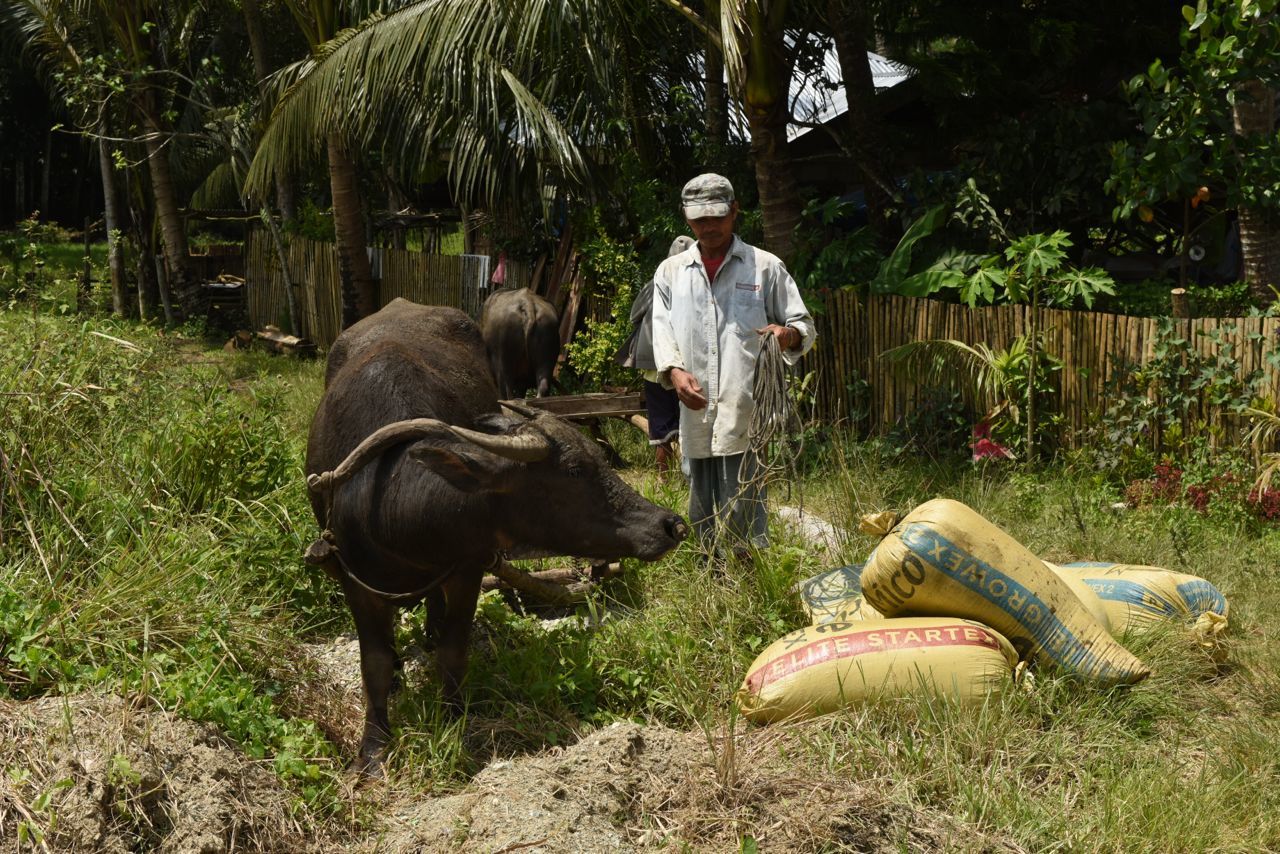
Natural Attractions and Traditional Values
Away from big city life and beach culture, there is a different side to the Philippines. In landscapes unchanged for generations, traditional ways of life are honored by indigenous peoples. Rural villages provide a glimpse of simpler agrarian times, while coastal villages present cultural melting pots that reflect the influences of both East and West. Customs dating from the days of Imperial China mix with values and traditions instilled during Spanish colonial times. Tying it all together is the warmth of a people who value family and friends, welcome visitors with open enthusiasm, and celebrate the small details of everyday life.
Highlights
- Best for: Solos, couples and budget to luxury
- Best season to visit: Year round, with coolest and driest temperatures from Dec through June
- Weather: The Philippines is usually hot and humid. There are three seasons: tag-init or tag-araw, the hot dry season or summer from Mar - May; tag-ulan, the rainy season from June - Nov; and tag-lamig, the cool, dry season from Dec - Feb
Philippines Information
Cultural Activities in the Philippines Overview
Each island in the Philippines offers unique cultural variations. Highland interiors are home to indigenous peoples that retain their unique ethnic traditions and languages, while coastal areas blend old ways with new trends.
Cultural Activities in the Philippines Tips
When visiting Lamanoc Island time your visit for low tide to experience the full beauty of this dazzling white sand of the Kawasihan sandbar. Opt for a dusk cruise on the Loboc River to witness the amazing sight of millions of fireflies lighting trees along the bank. Sign up for the guided tour to Can-Umantad waterfalls and you will receive the bonus of a traditional lunch at a local village, complete with regional delicacies.
Best Places for Cultural Activities in the Philippines
The Cadapdapan Rice Terraces showcase traditional methods of agricultural terra-forming. The Malatapay Market is a thriving center of regional trade in artisanal goods. Exotic tropical fruits such as durian, rambutan, lanzones and mangosteen can be sampled in the mountain town of Valencia. On the shores of Candijay, innovative fish and seaweed farms provide sustainable and eco-friendly alternatives for local villagers. At Lamanoc Island, a bamboo walkway leads through a mangrove forest to mysterious sacred caves.
What to Pack for Cultural Activities in the Philippines
Bring a day pack with a few extra items of clothing, because you'll want to be ready for anything from swims in cool spring pools and coastal sandbars to scrambles through haunted caves, and rides or walks on hillside trails. Sports clothes will do for outdoor activities, but you might want a nicer shirt and maybe some long pants for hosted lunches, dinners and cultural performances.
Specials

Philippines
Atlantis Dive Resort Dumaguete
This is our traditional class which has been offered in some form since 1982. The program focuses on diving and hyperbaric medicine with emphasis on the latest scientific literature in the field. It is designed primarily for physicians. However, emergency medical personnel, paramedics, nurses, and professionals with an interest in dive medicine are welcome.
Contact us @ 1-800-421-9999 or email DAN@Caradonna.com.
From $4,357 per person double diver
Book Now
Philippines
Aiyanar Beach and Dive Resort
Book on-line or Contact Caradonna Adventures at 800.328.2288 or email us sales@caradonna.com.
From $1,847 per person double diver
Book Now
Philippines
Magic Oceans Dive Resort
Includes 7 nights Superior Deluxe Cottage accommodations, 5 days of unlimited diving, 7 days full board (breakfast, lunch, and dinner daily), free WiFi, roundtrip airport transfers, hotel tax and service charges.
Valid travel through 12/31/25.
Book on-line or Contact Caradonna Adventures at 800.328.2288 or email us sales@caradonna.com.
From $1,675 per person double diver
Book Now
Philippines
Magic Island Dive Resort
Includes 7 nights Superior Deluxe Cottage accommodations, 5 days of unlimited diving, 7 days full board (breakfast, lunch, and dinner daily), free WiFi, roundtrip airport transfers, hotel tax and service charges.
Valid travel through 12/31/25.
Book on-line or Contact Caradonna Adventures at 800.328.2288 or email us sales@caradonna.com.
From $1,580 per person double diver
Book Now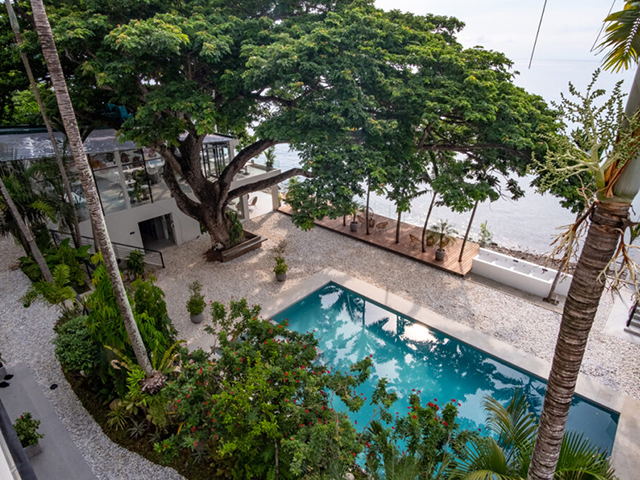
Philippines
Solitude Acacia Resort
Valid through 9/30/25 and 7/1/26-9/30/26.
Book on-line or Contact Caradonna Adventures at 800.328.2288 or email us sales@caradonna.com.
From $1,420 per person double diver
Book NowPackages

Philippines
Aiyanar Beach and Dive Resort
Book on-line or Contact Caradonna Adventures at 800.328.2288 or email us sales@caradonna.com.
Book Now

Philippines
Azure Dive Resort
Book Now

Philippines
Solitude Acacia Resort
Excludes: Airport Transfers-quoted at time of reservation at an additional cost, park fees (if any), scuba diving equipment (tanks, weights, belt included), alcohol beverages, soft drinks, and other F&B not offered with full board meal plan.
Additional room categories and other dates also available! Book on-line or Contact Caradonna Adventures at 800.328.2288 or email us sales@caradonna.com.
Book Now

Philippines
Salaya Beach Houses
Salaya Beach Houses offer Various Specials & Group Discounts throughout the year. Book on-line or Contact Caradonna Adventures at 800.328.2288 or email us sales@caradonna.com.
Book Now

Philippines
Solitude Acacia Resort
Excludes: Airport Transfers-quoted at time of reservation at an additional cost, park fees (if any), scuba diving equipment, except scuba tanks, weights, belt, alcohol beverages, soft drinks, and other F&B not offered with full board meal plan.
Additional room categories and other dates also available! Book on-line or Contact Caradonna Adventures at 800.328.2288 or email us sales@caradonna.com.
Book Now

Philippines
Atlantis Dive Resort Puerto Galera
Book Now

Philippines
Atlantis Dive Resort Dumaguete
Book Now
Resorts
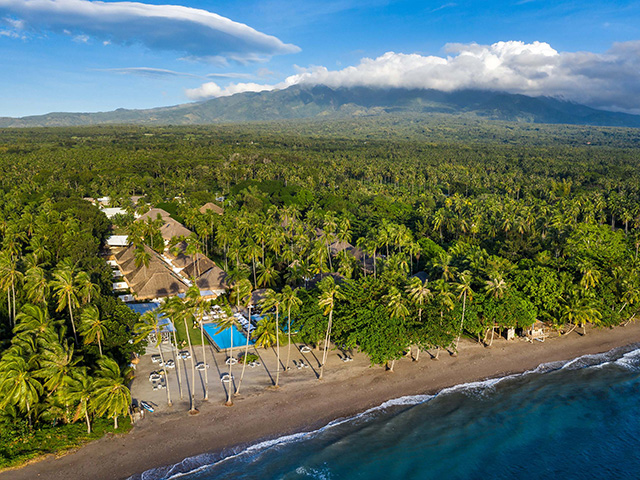
Philippines
Atmosphere Resorts & Spa
Indulge yourself and surrender to Atmosphere where the warmest of Philippine hospitality is combined with first class amenities and service to bring you an unforgettable experience within the stunning Philippine archipelago. Beautifully situated within an old seven-acre coconut plantation on the island of Negros, Atmosphere enjoys a spectacular beach front location alongside the warm coastal waters of the Philippine Sea.
Optional add-ons for Watersports Activities and Topside Activities available in the shopping cart after room category are selected.
Book on-line or Contact Caradonna Adventures at 800.328.2288 or email us sales@caradonna.com.
See Packages & Learn More
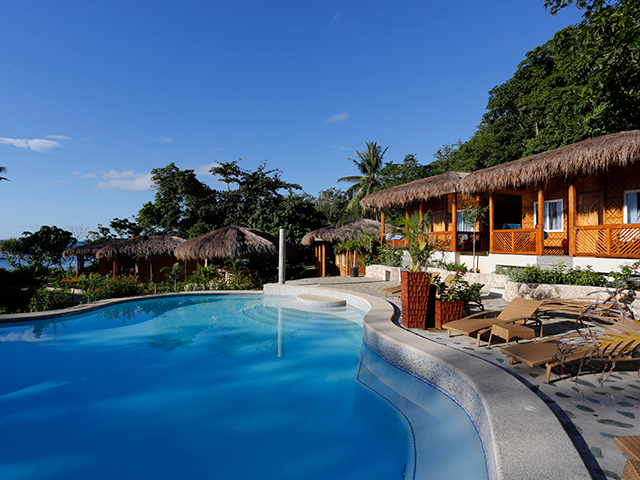
Philippines
Magic Oceans Dive Resort
See Packages & Learn More

Philippines
Magic Island Dive Resort
Resort Closed for Maintenance Project July 22, 2024 – September 22, 2024.
See Packages & Learn More

Philippines
El Galleon Dive Resort
See Packages & Learn More

Philippines
Aiyanar Beach and Dive Resort
See Packages & Learn More

Philippines
Buceo Anilao Beach and Dive Resort
Book on-line or Contact Caradonna Adventures at 800.328.2288 or email us sales@caradonna.com.
See Packages & Learn More

Philippines
Solitude Acacia Resort
Contact Caradonna Adventures at 800.328.2288 with any questions regarding Pricing, Information and Availability.
See Packages & Learn More
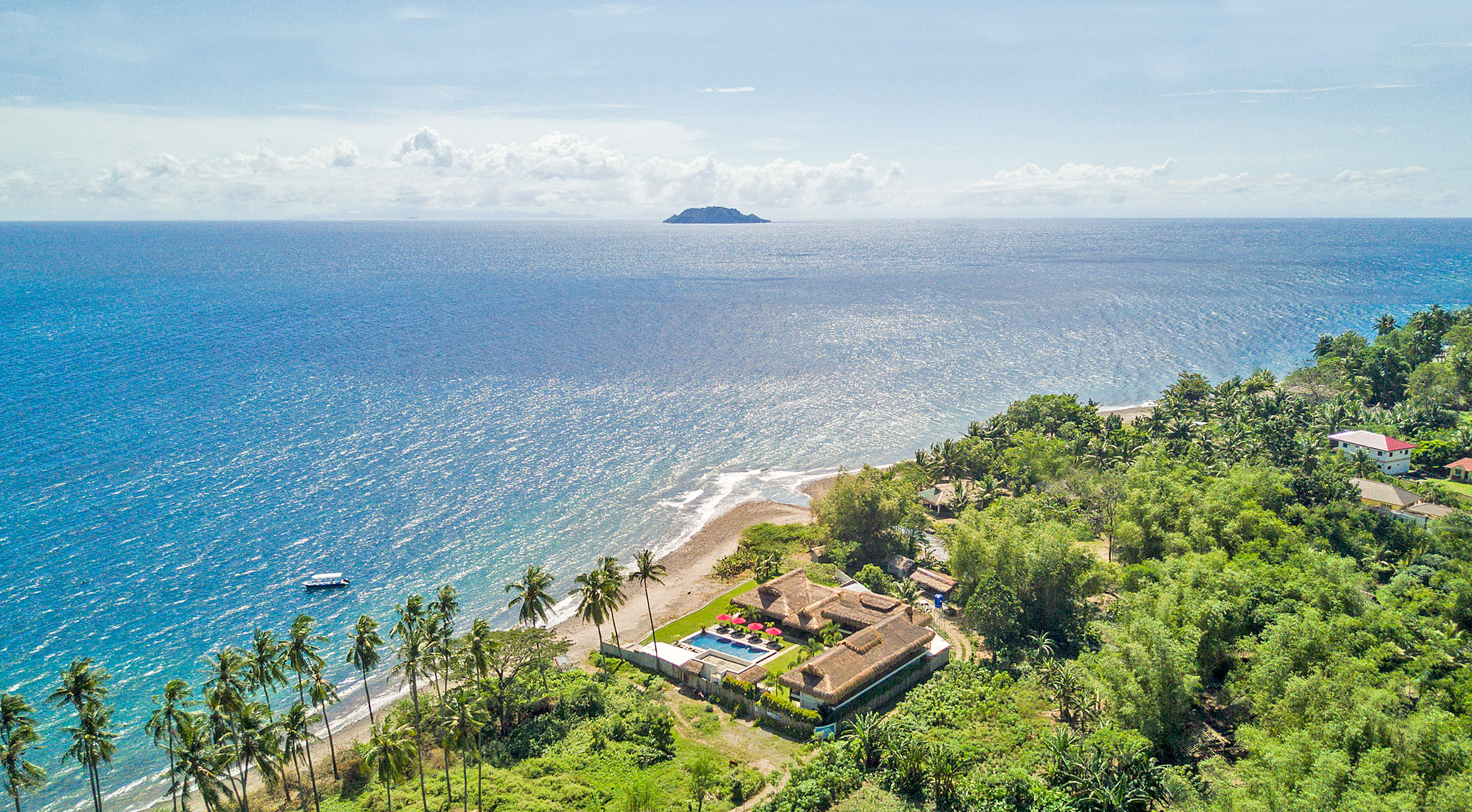
Philippines
Azure Dive Resort
See Packages & Learn More

Philippines
Atlantis Dive Resort Puerto Galera
See Packages & Learn More

Philippines
Atlantis Dive Resort Dumaguete
See Packages & Learn More

Philippines
Salaya Beach Houses
See Packages & Learn More
Liveaboards
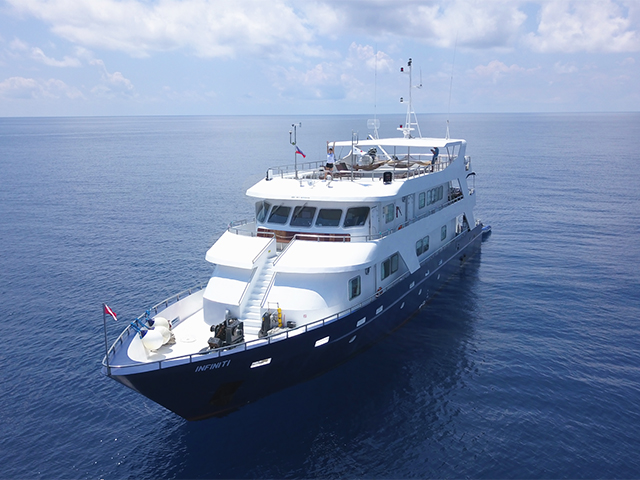
Philippines
Atlantis Infiniti
Call 800-330-6611 for Special Pricing and Information.
See Packages & Learn More
Philippines
Solitude One Philippines
Contact Caradonna Adventures at 800.328.2288 or email us sales@caradonna.com.
Call 800-330-6611 for Special Pricing and Information.
See Packages & Learn More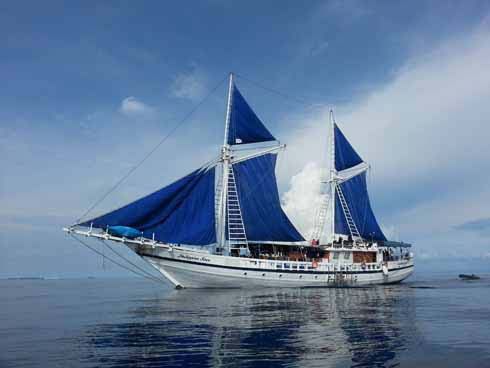
Philippines
Philippine Siren
Contact Caradonna Adventures at 800.328.2288 for Pricing, Information and Availability.
Call 800-330-6611 for Special Pricing and Information.
See Packages & Learn More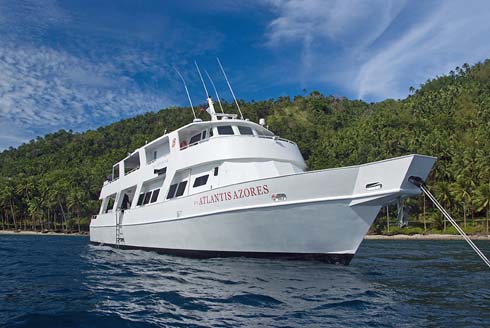
Philippines
Atlantis Adventurer
The 107' liveaboard yacht, the Atlantis Azores, offers the same high level of service, quality accommodations, gourmet meals and world-class diving that the Atlantis Dive Resorts in Dumaguete and Puerto Galera are famous for from the comfort of a luxurious yacht.
These Trips fill up quickly so Contact Caradonna Adventures at 800.328.2288 for Pricing, Information and Availability.
Call 800-330-6611 for Special Pricing and Information.
See Packages & Learn MorePassport and/or Visa Requirements
Entry Requirements: All U.S. citizens are required to have a valid passport. Your passport must contain at least one blank page for entry stamp and proof of onward or return airline ticket may be required. Visas upon arrival are issued for 30 days for tourist stays.
Exit Requirements: All persons leaving the Philippines pay a Government Departure Tax of approximately USD $17.
Immunizations
There are no required vaccines for entry into the Philippines, although you should always check with your doctor and the Centers for Disease Control on recommended vaccinations for travel at cdc.gov.
Culture and Customs
The Philippines are a blend of East and West. Centuries of Spanish and US influences mix with Asian cultural traditions and cuisines. Sophisticated urban centers such as Manila contrast with village life in small fishing communities and mountain settlements. Music is a common love that unites Philippine people of all ethnicities and cultural backgrounds, whether the performance takes the form of a spirited karaoke rendition of a pop favorite or a traditional rondalla. It is a culture where people are quick to sing, laugh easily, and place high values on family, friendships and hospitality. Clear waters and spectacular beaches attract vacationers to coastal resorts, while adventure-minded travelers have a wide range of activities to choose from. Nature lovers can trek, bike or bird in one of the world's most diverse biospheres, home to nearly 80 percent of the world’s plant and animal species. Though better known for its beaches, the Philippines is also a land of towering mountains, with peaks rising to heights of more than 9,000 feet. In addition to trekking and climbing, the highlands provide thrilling whitewater rafting and paddles through underground rivers. Indigenous wellness traditions live on in healing arts such as Hilot touch therapy and Dagdagay foot massage and in the traditional greeting of “Mabuhay,” which is a wish for good health, peace, and harmony.
Electricity, Phone and Internet Access
Electricity in the Philippines is 220 volts, 60 Hz, so an adapter will be needed for U.S. visitors. If your electronic device does not accept 220 V input, you may also need a step down transformer.
The country code for the Philippines is 63. Check with your cell phone provider for International plans which may include text, data and voice. Many hotels offer WiFi.
Water Quality
The water is safe to drink at the larger chain hotel and in major cities, which offer purified water, but it is recommended to drink bottled water while in the Philippines.
Language & Currency
The Philippines is the 3rd largest English-speaking country in the world. Tagalog (Filipino) is spoken by nearly 1/3 of the population as a first language and as a second language by the other 2/3 of the population. Filipino is the official language of education, but English is also an official language. The local currency is the Philippine Peso (PHP) but U.S. dollars are accepted in most places. Check the currency rate here.
Time
The Philippines observe Philippines Time or PHT which is 8 hours ahead of Greenwich Mean Time (+8 GMT). The Philippines does not observe daylight savings time.
Location, Size and Population
The Philippines are located in Southeast Asia, in the Western Pacific Ocean, east of Vietnam and northeast of Malaysia. The Philippines are made up of 7,107 islands. The three main islands are Luzon in the north, the Visayas in the Central Region and Mindanao in the South. The capital city of the Philippines is Manila. The islands take up approximately 115,830 square miles. The islands vary in size with Luzon being the largest at 42,458 square miles, it is also the 15th largest island in the world and the 4th most populated island in the world, to some of the smaller places like popular Dumaguete, which is only around 13 square miles and located in the Visayas.
The population of the Philippines is over 102 Million (2016).